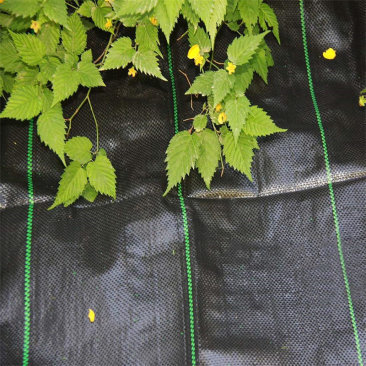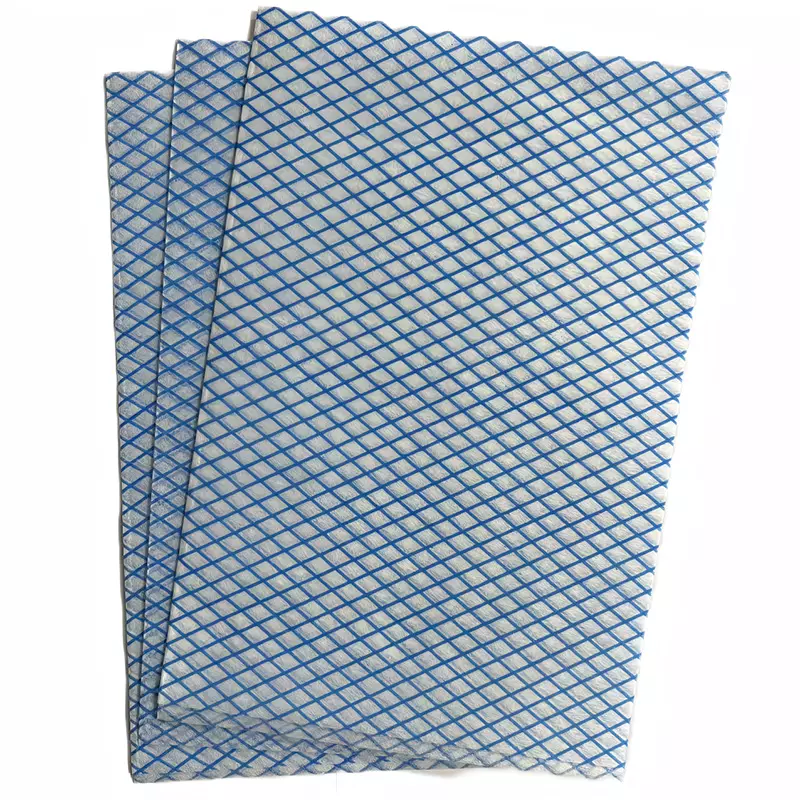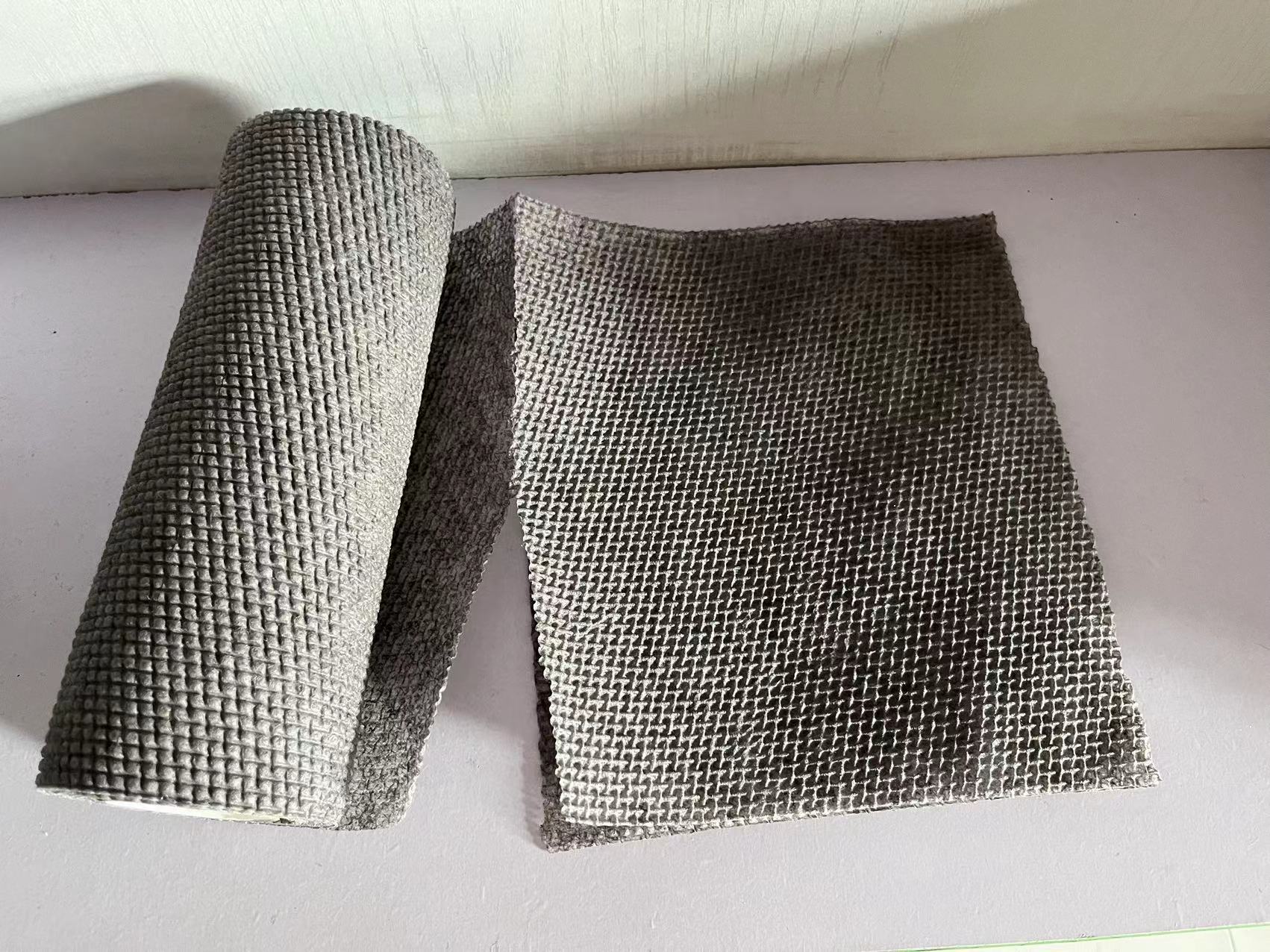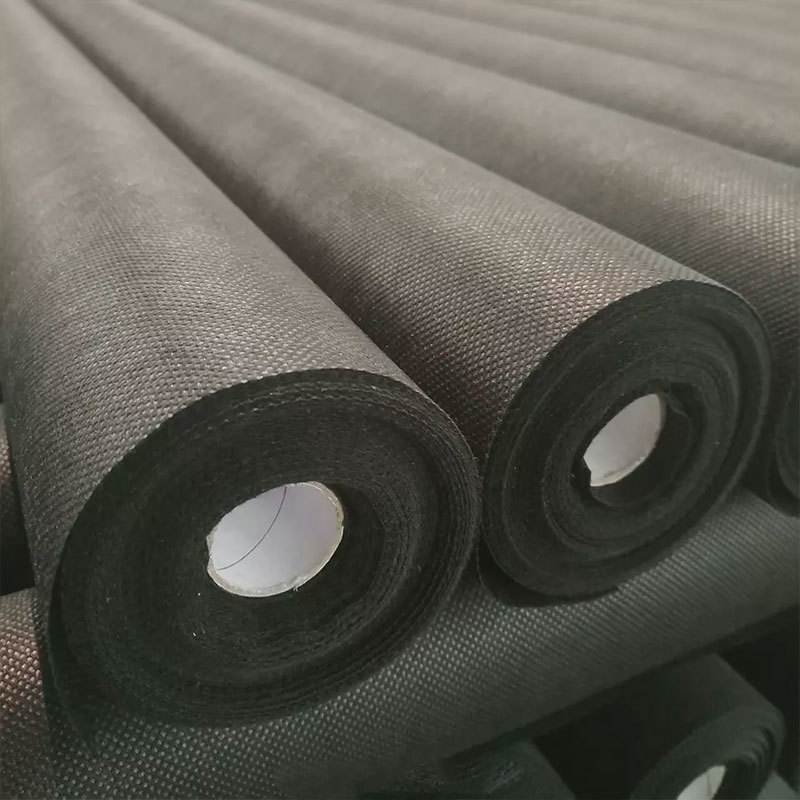09
2025
-
06
Creating Sustainable Fashion: The Role of Polypropylene Nonwoven Fabric
Creating Sustainable Fashion with Polypropylene Nonwoven Fabric Table of Contents 1. Introduction to Sustainable Fashion 2. What is Polypropylene Nonwoven Fabric? 3. Benefits of Polypropylene Nonwoven Fabric in Fashion 4. Applications of Polypropylene Nonwoven Fabric in Sustainable Fashion 5. Case Studies: Successful Implementations 6. Challenges in Using Polypropylene Non
Creating Sustainable Fashion with Polypropylene Nonwoven Fabric
Table of Contents
- 1. Introduction to Sustainable Fashion
- 2. What is Polypropylene Nonwoven Fabric?
- 3. Benefits of Polypropylene Nonwoven Fabric in Fashion
- 4. Applications of Polypropylene Nonwoven Fabric in Sustainable Fashion
- 5. Case Studies: Successful Implementations
- 6. Challenges in Using Polypropylene Nonwoven Fabric
- 7. The Future of Polypropylene Nonwoven Fabric in Fashion
- 8. Conclusion
- 9. Frequently Asked Questions
1. Introduction to Sustainable Fashion
Sustainable fashion is more than just a trend; it embodies a crucial shift towards ethical and eco-friendly practices in the textile industry. As consumers become increasingly aware of environmental issues, the demand for sustainable materials is on the rise. In this context, polypropylene nonwoven fabric emerges as a game-changer, offering a versatile and environmentally friendly alternative to traditional textiles.
2. What is Polypropylene Nonwoven Fabric?
Polypropylene nonwoven fabric is made from polypropylene, a type of thermoplastic polymer. Unlike traditional woven fabrics, nonwoven fabrics are created by bonding fibers together through mechanical, thermal, or chemical processes. This results in a fabric that is lightweight, durable, and versatile. Polypropylene nonwoven fabric is often used in various applications, from medical supplies to household items, and now increasingly in the fashion industry.
2.1 Characteristics of Polypropylene Nonwoven Fabric
The unique characteristics of polypropylene nonwoven fabric make it an ideal choice for sustainable fashion:
- **Lightweight**: Its low weight allows for easy transportation and reduces carbon footprints.
- **Durability**: Resistant to tearing and wear, ensuring longevity in garments and products.
- **Breathability**: Offers excellent air permeability, enhancing comfort in wearables.
- **Moisture-wicking**: Effectively manages moisture, making it suitable for activewear.
- **Recyclability**: Fully recyclable, contributing to a circular economy.
3. Benefits of Polypropylene Nonwoven Fabric in Fashion
The fashion industry faces numerous challenges, including resource depletion and waste generation. Polypropylene nonwoven fabric presents several benefits that align with sustainable practices:
3.1 Eco-Friendly Production
The manufacturing process of polypropylene nonwoven fabric is less resource-intensive than that of traditional textiles. It requires fewer chemicals and energy, resulting in lower environmental impact.
3.2 Waste Reduction
Polypropylene nonwoven fabric can be produced from recycled materials, significantly reducing waste. The ability to recycle this fabric also means that end-of-life products can be reprocessed instead of ending up in landfills.
3.3 Versatility and Innovation
Polypropylene nonwoven fabric can be engineered to meet specific needs, allowing for innovative designs in sustainable fashion. Brands can experiment with textures, colors, and applications, pushing the boundaries of creativity while prioritizing sustainability.
3.4 Cost-Effective Solution
Given its durability and low production costs, polypropylene nonwoven fabric offers a cost-effective solution for brands looking to switch to sustainable materials without sacrificing quality.
4. Applications of Polypropylene Nonwoven Fabric in Sustainable Fashion
Polypropylene nonwoven fabric is making its mark across various sectors in the fashion industry. Here are some key applications:
4.1 Apparel Manufacturing
From jackets to activewear, polypropylene nonwoven fabric is being used to create lightweight and functional clothing. Its moisture-wicking properties and breathability make it ideal for sportswear.
4.2 Accessories and Footwear
Brands are incorporating polypropylene nonwoven fabric into bags, hats, and even shoes. The durability and flexibility of the fabric allow for innovative designs in accessories.
4.3 Home Textiles
Sustainable fashion extends beyond personal wearables to home textiles. Polypropylene nonwoven fabric is used in eco-friendly curtains, upholstery, and decorative items.
4.4 Disposable Fashion Items
With the rise of events and festivals, disposable fashion items like ponchos and bags made from polypropylene nonwoven fabric offer a sustainable solution that reduces waste.
5. Case Studies: Successful Implementations
Several brands are leading the way in utilizing polypropylene nonwoven fabric in their sustainable fashion collections:
5.1 Brand X: Revolutionizing Activewear
Brand X has launched a line of activewear made entirely from recycled polypropylene nonwoven fabric. The collection has gained popularity due to its innovative designs and commitment to sustainability.
5.2 Eco-Friendly Accessories by Brand Y
Brand Y has introduced a range of eco-friendly bags crafted from polypropylene nonwoven fabric. The brand focuses on minimizing waste and promoting a circular economy.
5.3 Sustainable Home Textiles by Brand Z
Brand Z offers a collection of home textiles using polypropylene nonwoven fabric, emphasizing both style and sustainability. Their products have been well-received by environmentally conscious consumers.
6. Challenges in Using Polypropylene Nonwoven Fabric
Despite its benefits, there are challenges to consider when incorporating polypropylene nonwoven fabric into sustainable fashion:
6.1 Consumer Perception
Many consumers are still unaware of the benefits of polypropylene nonwoven fabric, which may hinder widespread acceptance and adoption.
6.2 Recycling Infrastructure
While polypropylene is recyclable, the current recycling infrastructure may not adequately support the processing of textile waste, creating hurdles in achieving a circular economy.
6.3 Competition with Natural Fibers
Natural fibers have a long-standing reputation in the fashion industry. Convincing consumers to embrace synthetic materials like polypropylene requires education and awareness.
7. The Future of Polypropylene Nonwoven Fabric in Fashion
The future of polypropylene nonwoven fabric in sustainable fashion looks promising. As technology advances, the fabric's properties can be further enhanced, making it even more suitable for various applications. Increasing consumer awareness and the demand for sustainable materials will likely drive more brands to explore polypropylene nonwoven fabric as a viable alternative.
7.1 Innovations in Fabric Technology
With ongoing research and development, innovations in fabric technology will lead to improved performance characteristics, such as enhanced moisture management and greater sustainability.
7.2 Collaborations and Partnerships
Brands, manufacturers, and recycling facilities can collaborate to create a more efficient supply chain, ensuring that polypropylene nonwoven fabric is effectively recycled and reused.
7.3 Growing Market Demand
The increasing consumer demand for sustainable products will encourage more brands to invest in polypropylene nonwoven fabric, promoting a shift in the industry towards eco-friendly alternatives.
8. Conclusion
Polypropylene nonwoven fabric has the potential to transform the fashion industry by providing an eco-friendly, versatile, and cost-effective alternative to traditional textiles. As we continue to face environmental challenges, embracing materials like polypropylene nonwoven fabric is essential for creating a sustainable future in fashion. By understanding its benefits and applications, brands can innovate and contribute to a more sustainable industry that meets the demands of conscious consumers.
9. Frequently Asked Questions
9.1 What is polypropylene nonwoven fabric made of?
Polypropylene nonwoven fabric is made from polypropylene, a thermoplastic polymer. The fabric is created by bonding fibers together through various processes, resulting in a lightweight and durable material.
9.2 Is polypropylene nonwoven fabric recyclable?
Yes, polypropylene nonwoven fabric is recyclable. Many recycling facilities can process this material, contributing to a circular economy.
9.3 What are the advantages of using polypropylene nonwoven fabric in fashion?
Some advantages include its lightweight nature, durability, moisture-wicking properties, eco-friendly production processes, and versatility in design.
9.4 How does polypropylene nonwoven fabric compare to natural fibers?
While natural fibers have their benefits, polypropylene nonwoven fabric offers unique characteristics such as lower environmental impact during production, enhanced durability, and recyclability.
9.5 What brands are using polypropylene nonwoven fabric in their collections?
Several brands, including Brand X, Brand Y, and Brand Z, have successfully integrated polypropylene nonwoven fabric into their sustainable fashion lines, focusing on activewear, accessories, and home textiles.
By understanding the role of polypropylene nonwoven fabric in the sustainable fashion landscape, we can make informed choices that support both the environment and innovative design.
Polypropylene nonwoven fabric












